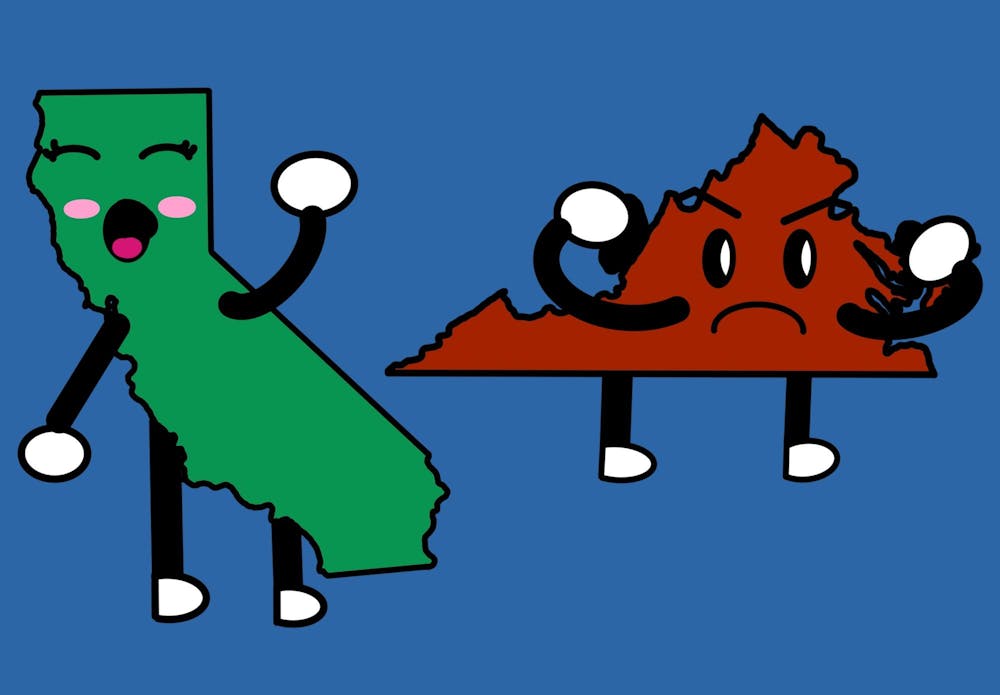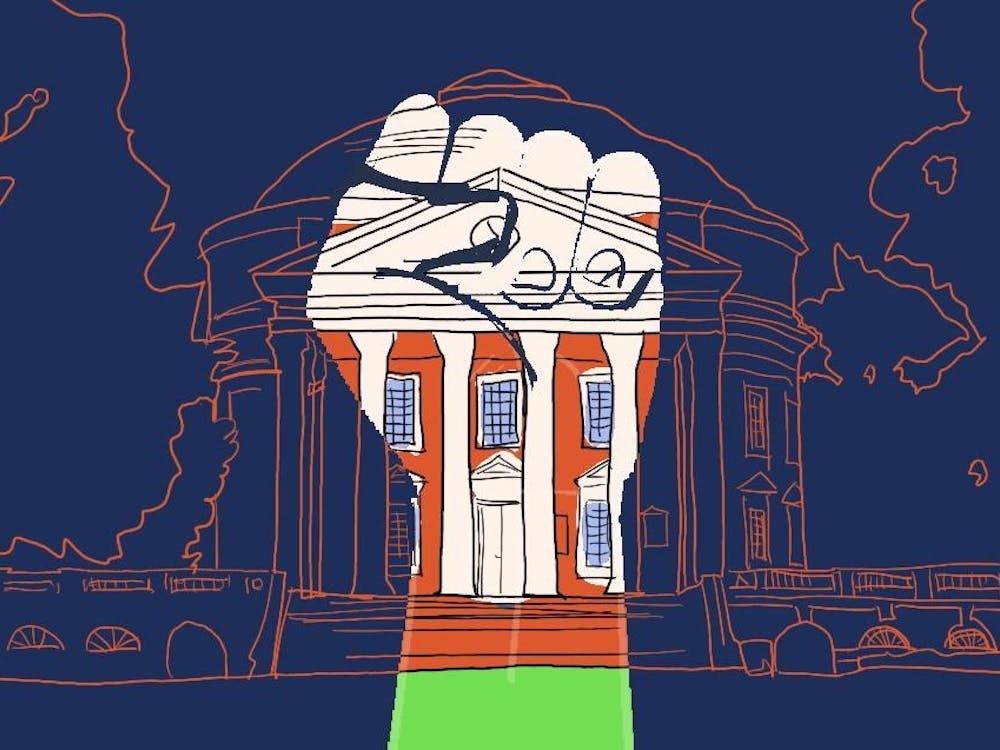The Virginia Legislature has been working day and night to replicate Californian environmental laws to reduce vehicle emissions in a vain attempt at curbing global warming. Despite this, Governor Youngkin recently announced that Virginia will not continue to follow California’s high emission standards after this year, instead adopting the less strict federal mandate for the electric vehicle industry. Whether or not this abandonment is possible is still up for legal debate, but the reasoning is not. Basing policy off of purely environmental concerns ignores reality and disregards economically sustainable solutions.
The Californian policy, enacted in 2021, placed a gradual decrease and eventual ban on the sale of gas cars due to their high contribution to carbon dioxide emissions. Additionally, California implemented both restrictions on how many gas cars can be sold and incentives for consumers to buy more electric vehicles than gas cars.
Whether or not California’s policy is correct has yet to be shown in representative data, but the idea that one state’s needs can be addressed with another’s policy is ludicrous. Our legislature here in Virginia is trying to compare apples to oranges, and what works in one state does not guarantee success in another. Virginia’s economy should not be held hostage by Californian policy, and as Youngkin has rightly begun to do, the regulations must be done away with.
When combined with tax incentives from federal policy, the goal of getting more EVs into the California market seems to be working, but comes with dangerous caveats. For one, prices are not dropping significantly, indicating they are being purchased by the upper-class. EVs cost about 9 percent less than previous years but are still $6,700 more than the US average car and not yet affordable for the average American.
The cause of any decline in price is riddled with uncertainty, as a recent short-term drop in the price of raw materials for EV batteries could be to blame. Similarly, a few years of shockingly low tariffs on key Chinese batteries used in EVs have tricked the market into thinking prices are dropping, but these tariffs are likely to increase with any administration that comes in 2025. Essentially, the dropping prices aren't sustainable.
These prices have real, drastic effects on the EV market, and demonstrate that Virginia does not have a burning economic need for California’s ambitious goals. The cost of maintaining a gas car for one year in Virginia is $610 cheaper than an EV, but in California it is $1,894 cheaper. California has to embrace EVs in the forceful manner that they have because the EV versus gas car price difference is so dramatic that no other solution than outright ban is really possible. Virginia is a lot further along in this natural process than California is, evidenced by the lower price difference between the types of car, and thus has more flexibility. Creating a hard cutoff for manufacturers was a dramatic fix to a dramatic problem, something that doesn’t exist in Virginia.
It’s easy to claim that the problem of climate change is an immediate and world-ending threat, thus the most drastic measures deserve to be taken. However, drastic circumstances do not justify destructive economic policy. Balancing economic growth and environmental needs is critical for the long term success of Virginia. Outright control of an industry is generally bad for growth, and thus the ultimatum served on manufacturing companies is not the best way to induce productive growth.
EVs can and should be made cheaper, but the state of the Virginian market doesn’t call for such drastic measures. Incentives like rebates, tax breaks and infrastructure support are all methods of government intervention that can produce a more efficient system for EVs than a simple production restriction. Virginia would be best served not with a firmly controlled Californian economy, but one allowed to grow according to the wants and needs of its citizens. Increasing demand and lowering prices through policies to make consumers and producers want to engage in the market is more sustainable than force. With this, we can achieve environmental benefits at a higher level.
The computer did not come into existence because all typewriters were banned. In a similar vein, environmental solutions only work if they have some basis in capitalistic economics where supply and demand are able to move without strict government control. Ignoring that ignores the path to a productive and cheap EV market that is beneficial to the environment. And for all the work to decrease the price of California EVs, the state still has the seventh highest cost of EVs in the US. Replicating policies used to create a chaotic and confusing market is both irresponsible and an unsustainable solution to an ever-increasing emission problem. Lawmakers and voters should not be tempted by a seemingly environmentally-friendly policy.
Paul Kurtzweil is a senior associate opinion editor who writes about economics, business and housing for The Cavalier Daily. He can be reached at opinion@cavalierdaily.com.
The opinions expressed in this column are not necessarily those of The Cavalier Daily. Columns represent the views of the authors alone.







